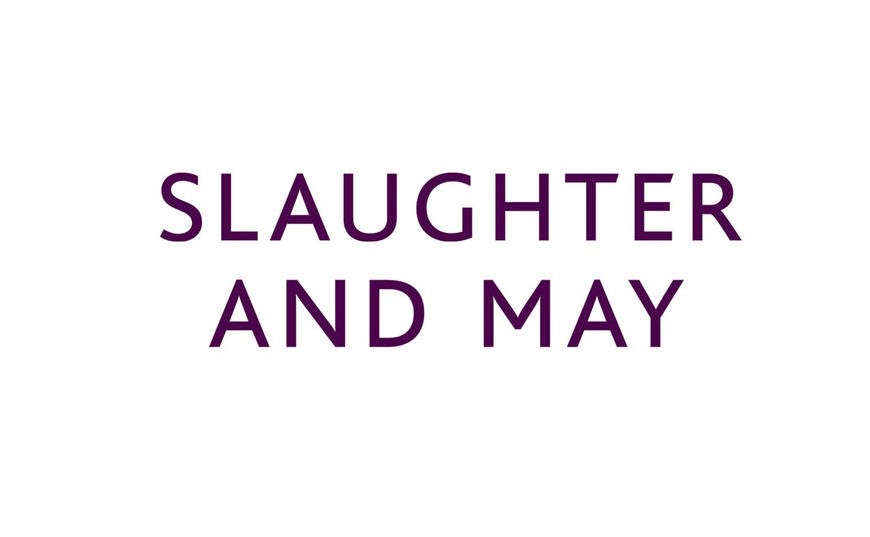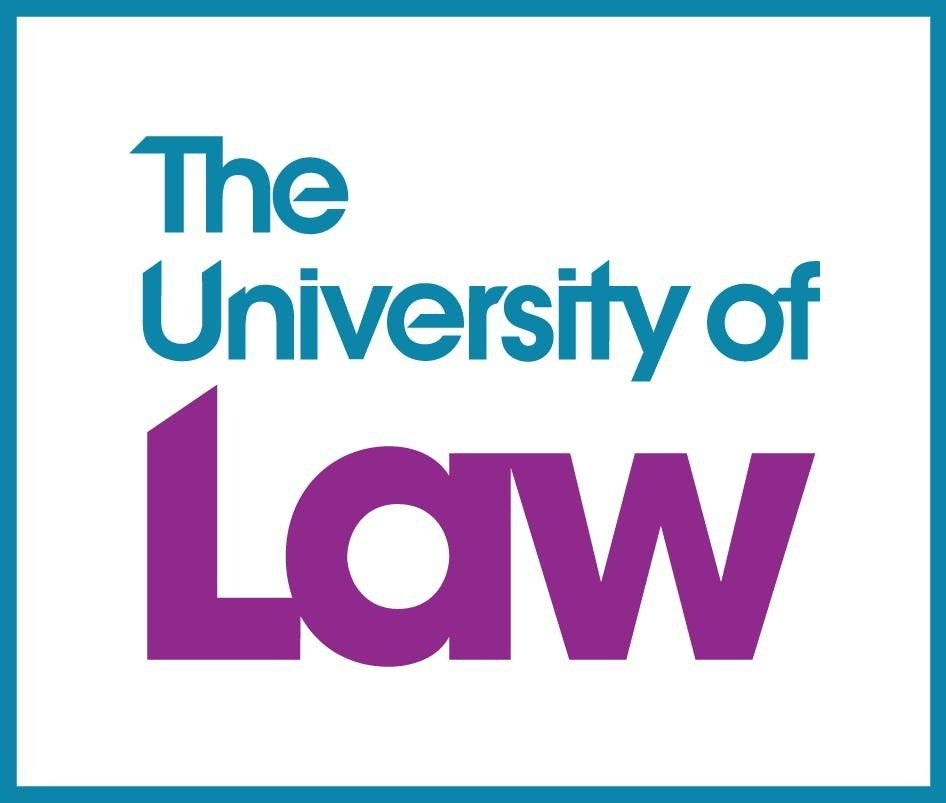This article explores the legal implications of the use of social media in criminal courtrooms, focusing on two recent cases: R v Phillips[1] and R v Crampton.[2] These cases have raised concerns about the admissibility of evidence obtained through informal identifications through social media, challenging the traditionally strict and controlled procedures for witness identification. This article explores the potential risks of cognitive bias[3] and the significant reliance on the trial judge for suitable directions to prevent prejudice by the jury and complainants.
Traditionally, witness identifications in criminal trials have been subject to strict controls to ensure fair and due process, free from bias. However, recent cases have seen the emergence of informal identifications through social media, leading to concerns of admissibility and the potential impact on justice, with wider implications.
In the case of R v Phillips[4] eyewitnesses to the offence of Assault causing Grievous Bodily Harm, were shown an image from social media, of the defendant, before any formal identification procedure took place. Afterwards, the judge did address concerns of potential bias and directed the witnesses to confirm if their identification was based on the actual memory of the crime. The witnesses affirmed the Defendant's identity, strengthening the admissibility of the evidence of identity, gathered using social media. However, cognitive bias[5] takes place immediately and is largely a subconscious process. Therefore, there is no way of being certain whether the witnesses identified the defendant because they recognised them from true memory or formed a cognitive bias from being presented with the image from social media. This is known as anchoring bias.3
Cognitive bias is a “strong, preconceived notion of someone or something, based on information we have, perceive to have, or lack.”[6] In this case, we are looking at anchoring bias which over relies on the information first received. When making a decision, the eyewitnesses are relying on the image shown to them, when asked if it is the same person they witnessed committing the original crime. Such a strong feeling of certainty of the witness will not conceive doubts over recollection therefore the redirection and assertion of the judge in the matter is largely irrelevant. The judge can redirect the jury on the use of the imagery but the jury is likely to be convinced regardless, by a witness who is confident in their answer.
In R v Crampton,[7] we see a different dimension to the issue. The case involved an assault where the defendant was identified through Facebook without a formal identification procedure. Whilst the complainant knew the defendant's first name, they received his last name from a third party. Subsequently, the complainant ‘recognised’ the defendant after finding him on Facebook, having used the name supplied by a third party. Supporting witness testimonies further corroborated the identification. However, there are still causes for speculation as the assault occurred in 1996 but was only reported in 2018. The time gap only exasperates the bias and concerns for credibility of the identification.
Despite initial concerns, the judge ruled the Facebook identification admissible, emphasising its significance when considered alongside other evidence. Other identification evidence supporting the social media gathered information strengthens the case and, in this scenario, leaves less criticism than the way social media was utilised in gathering identification in R v Phillips.[8]
In this case, the bias is less concerning as while not under strict conditions, when searching on Facebook for an individual, there will have been multiple profiles alongside the defendant, and he was ‘picked’ and definitively declared as the party. This is contrasting to R v Phillips[9] where there was one photo produced.
The use of social media for identification purposes brings concerns of cognitive bias, particularly when informally provided details influence the witness's memory with no guarantee of whether they have been affected or not. The admissibility of such evidence also relies on the trial judge's ability to provide proper directions to the jury, mitigating potential prejudice against the Defendant. While in R v Crampton,[10] there was additional evidence, this may not be the case in the future where these cases are used for precedence for informal identification using social media. The calls for concern lie in the fact that this may be a slippery slope as social media dependence grows over time.
The cases R v Phillip[11] and R v Crampton[12] set precedents that social media identifications are considered admissible in criminal trials, provided that appropriate directions are given by the trial judge to prevent undue prejudice. However, the reliance on judges for guidance raises concerns about a potential slippery slope, and further evaluation of the impact of social media, as well as appropriate use, in legal proceedings, is warranted to ensure fair and unbiased justice.
The passage from R v Pope[13] further solidifies the notion that the use of social media as evidence, including for identification purposes, as seen in R v Crampton[14] and R v Phillips,[15] is the start of the establishment of the use of social media in legal proceedings. The speech emphasises the responsibility and importance of the role the jury plays in verdicts and the justice system. It also places full faith in the responsibilities of the judge to direct the jury in such situations; one of the concerns of the use of social media for evidence. As the passage declares, only extremely exceptional circumstances will see interference, based on “lurking doubt”. Therefore, the precedent set by R v Crampton[16] and R v Phillips[17] is likely to stand, upholding the admissibility of social media evidence in proceedings.
Overall, the review of the two cases, R v Phillips[18] and R v Crampon,[19] show two different angles in which social media can be used in a criminal case. While both cases positively used social media for achieving justice, they also stood to highlight some outstanding and upcoming concerns. The concerns include the over-biasing and unfairness caused by the removal of the current, strict identification procedures, as well as the potential overreliance of judges to direct the Jury. As technology and the use of such methods increases, we need to put into place procedures to protect the justice system.
References:
[1] R v Phillips [2020] EWCA CRIM 126
[2] R v Crampton [2020] EWCA CRIM 1334
[3] J.E. (Hans) Korteling, Alexander Toet, Encyclopedia of Behavioral Neuroscience (2nd ed, ScienceDirect 2022), 610-619
[4] Phillips (n 1)
[5] Korteling (n 3)
[6] Alexander S Gillis, ‘Cognitive Bias’ (Tech Target, April 2023) https://www.techtarget.com/searchenterpriseai/definition/cognitive-bias accessed 16th September 2023
[7] Crampton (n 2)
[8] Phillips (n 1)
[9] ibid
[10] Crampton (n 2)
[11] Phillips (n 1)
[12] Crampton (n 2)
[13] R v Pope [2012] EWCA Crim 2241, Para 14 (Wilkie LCJ)
[14] Crampton (n 2)
[15] Phillips (n 1)
[16] Crampton (n 2)
[17] Phillips (n 1)
[18] ibid
[19] Crampton (n 2)
Bibliography:
Cases
R v Crampton [2020] EWCA CRIM 1334
R v Phillips [2020] EWCA CRIM 126
R v Pope [2012] EWCA Crim 2241
Secondary Sources
Gillis, A, ‘Cognitive Bias’ (Tech Target, April 2023)
Grogan P, 'Social Media Identification (and Its Admissibility in Trials) ' (JMW Solicitors, 18th February 2018)
Korteling J.E, Toet A, Encyclopedia of Behavioral Neuroscience (2nd ed, Science Direct, 2022)
Wilke, A and Mata, R, Encyclopedia of Human Behavior (2nd edn, Elsevier, 2012)

















